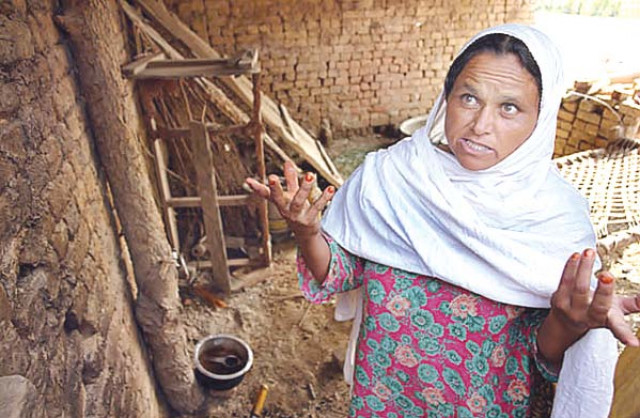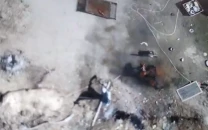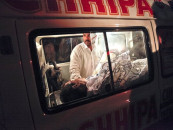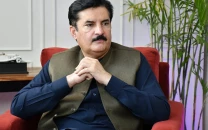Flood victims: Surviving with tears
'We ran barefoot as fast as we could as the rising waters followed', recounts a flood victim.

A small mat spread on the dirt floor and a simple string bed are the room’s only contents. Twenty people sleep here when it is not being used as a community meeting place.
The women are here to talk about what their lives have been like since the flood and their fears and hopes for the future. “It was dark . . . and we were not warned,” says Tamala, a mother of eight children, recalling the night the flood waters, heavy and fast, rose as high as her head. The other women nod in recollection.
“We only had time to gather our children and flee,” Tamala recalls. “We ran barefoot as fast as we could. We didn’t even have time to take our scarves to cover ourselves properly.”
Tamala, her husband and their children made it safely to higher ground, along with their neighbours – but the rising waters followed them. “We just kept moving,” Tamala remembers, her face reflecting the fear and determination she felt that night. “Some of us went to stay with relatives … others had to settle in camps.”
The floods – the worst in Pakistan’s history – began in July as the result of extremely heavy monsoon rains. Millions of people have lost their homes and livelihoods.
Returning to ruins
The flood waters have largely receded in Nowshera now and most of Tamala’s neighbours have returned to their ruined village, which they found strewn with flood-borne debris. Most people are staying in tents until their houses can be rebuilt.
The flood also damaged the village’s hand pump and contaminated its only source of drinking water. The International Rescue Committee plans to help rebuild the water supply, but for now an IRC tanker truck delivers clean water to over 1,200 district families every day.
“We are grateful for the fresh water,” says Tamala, who stores it in containers the IRC has distributed to more than 4,200 villagers in Nowshera and in neighbouring Charsadda, along with soap and other essentials. These “hygiene kits” have helped prevent the spread of serious diseases—they also make the harsh living conditions a little more bearable. “We take a bath with the soap from the hygiene kits and we feel clean, it does help,” one of Tamala’s neighbours says.
However these women still face immense hardship. “Everything we had was taken by the flood waters,” Tamala explains, “food, clothing and jewellery we had saved for our daughters.” For families in this part of Pakistan, losing their gold jewellery means losing their life savings – as well as their girls’ dowries. Without this gold, the women know that their daughters will face difficulties when it comes time to marry.
But for now Tamala and her neighbours are concerned with more immediate needs: food and shelter. The floods wiped out the villagers’ livestock, which meant the loss of any meagre income they had. “I used to sell milk from the cows and it also helped to feed my family,” Tamala says. “Now my cattle are gone.”
Facing winter
Tamala also worries about the approaching winter. “We don’t have proper bedding,” she says. “Most of us are sleeping in tents. We go to the toilet in the open fields as there is nothing else to do.”
The IRC plans to distribute bedding sets to more than 2,600 families in Nowshera and Charsadda by mid-December and is constructing 1,500 emergency household latrines.
“We pray to god we don’t have to struggle like this for much longer,” Tamala says. When asked how she and her family are managing, she shakes her head and answers, “we are surviving with tears.”
How to Help
Make an urgent donation to the IRC and help deliver lifesaving water, shelter, sanitation, health care, and other vital resources to the survivors of the Pakistan flooding. Courtesy IRC
Published in The Express Tribune, November 26th, 2010.



















COMMENTS
Comments are moderated and generally will be posted if they are on-topic and not abusive.
For more information, please see our Comments FAQ